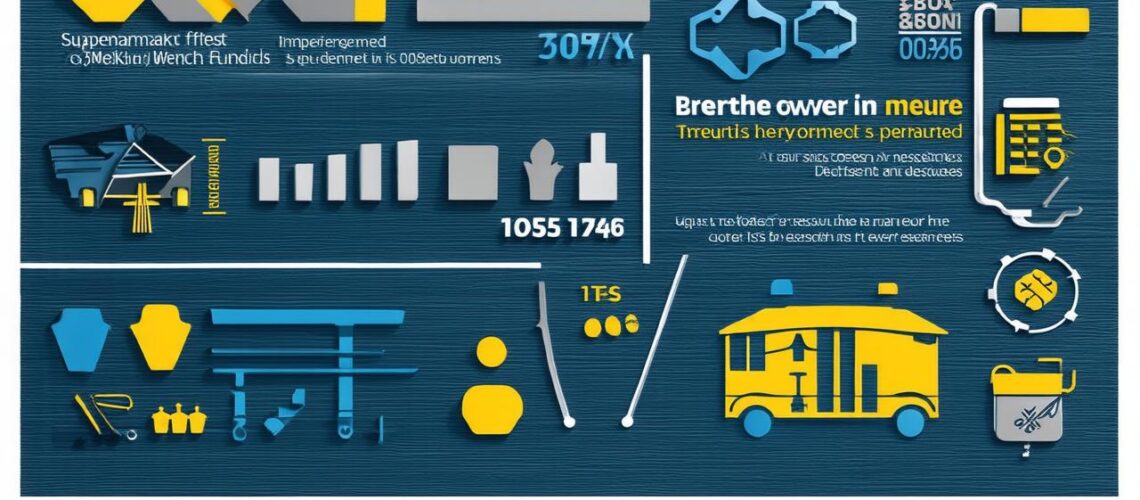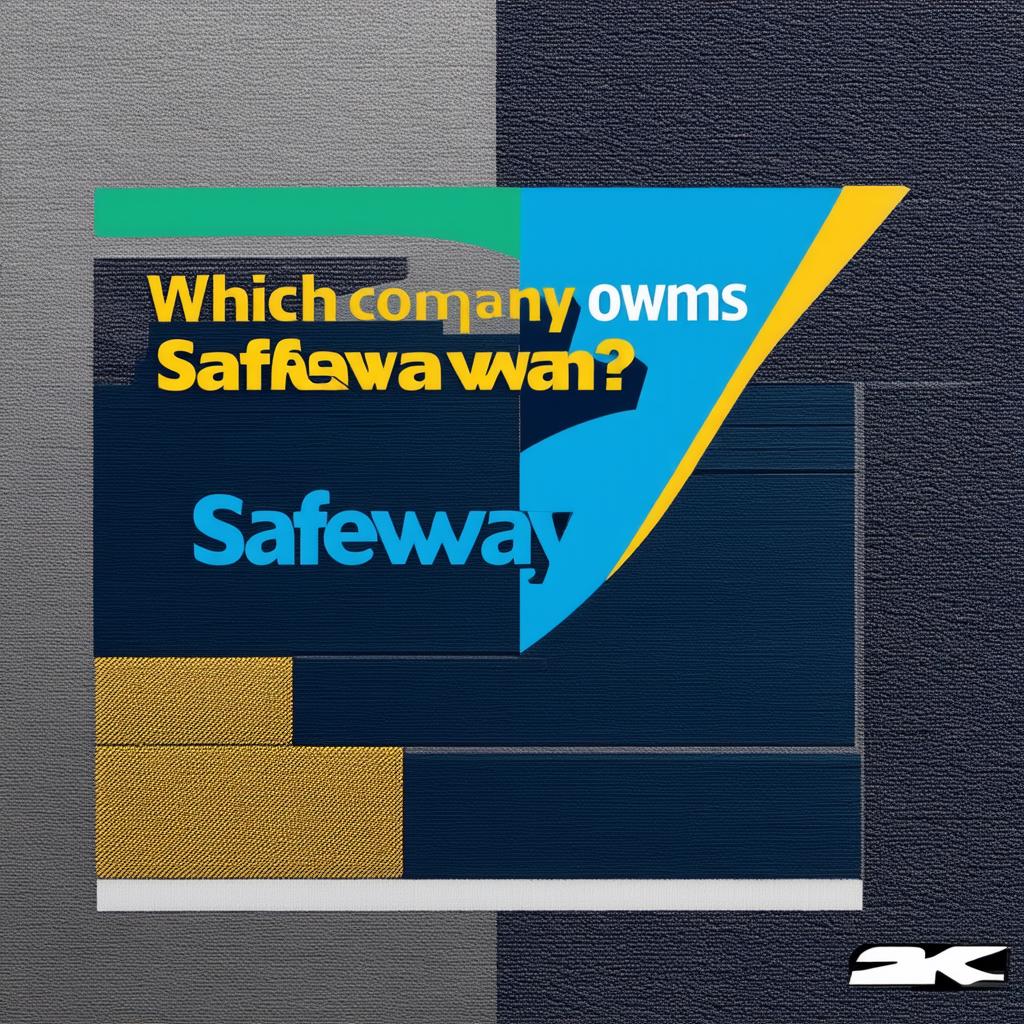Which company owns Safeway?

Safeway is one of the largest grocery retailers in the world, operating under various brand names such as Safeway, Albertsons, and Randalls. The company has a long history dating back to the early 1900s and has expanded its operations to various countries worldwide.
Ownership Structure:
Safeway is currently owned by Kroger Co., a leading retailer of food and grocery products in the United States. Kroger acquired Safeway in 2013 for approximately $27 billion in cash, making it one of the largest mergers in the retail industry.
Since then, Safeway has been operating as part of Kroger’s corporate structure, with its brand names continuing to operate under Kroger’s umbrella. However, Safeway still retains some level of autonomy in its operations, with each store and distribution center being managed by its own management team.
History of Ownership:
Safeway’s ownership history has been marked by several significant events and acquisitions. The company was founded in 1903 by Clarence Birdseye, who later sold it to William H. Hannon in 1936. Hannon then merged Safeway with other grocery retailers, forming the Safeway-Hannon Chain.
In 1952, Safeway went public and raised over $40 million in capital, allowing it to expand its operations and establish itself as a major player in the grocery industry. However, the company faced financial challenges in the 1980s due to intense competition from other retailers such as Walmart and Target.
In response, Safeway began acquiring smaller grocery chains to consolidate its market position. In 1993, it acquired Dominick’s Supermarkets for $2.2 billion and in 1996, it acquired Randalls, a Texas-based retailer. These acquisitions helped Safeway expand its reach and establish itself as one of the largest grocery retailers in the world.
However, in 2003, Safeway was acquired by J.K.Liddell & Sons for $5.8 billion. Liddell then sold Safeway to private equity firms KKR and Berkshire Hathaway for $9 billion in 2004. The company then underwent a series of cost-cutting measures, including the closure of several stores and distribution centers, which led to significant job losses.
In 2013, Safeway was acquired by Kroger Co. for approximately $27 billion in cash. This acquisition marked a significant milestone in the company’s history, allowing it to leverage Kroger’s resources and expertise to maintain its position as one of the largest grocery retailers in the world.
Comparison with Other Grocery Retailers:
Safeway is not unique in its ownership structure. Many other grocery retailers have undergone similar acquisitions and mergers over the years, with larger companies acquiring smaller retailers to consolidate their market position.
For example, Walmart acquired Sam’s Club in 1980 and later merged it with Jet.com to form Walmart’s e-commerce platform. Target also acquired Shipt, an e-commerce delivery company, in 2017, allowing it to expand its online retail offerings.
Case Studies:
One example of Safeway’s successful merger is the acquisition of Dominick’s Supermarkets in 1993. After the acquisition, Safeway was able to leverage Dominick’s expertise in the Chicago market and expand its operations in that region. Additionally, Safeway was able to consolidate several distribution centers and reduce operating costs, which helped it maintain profitability.
Summary:
Safeway is currently owned by Kroger Co., with each store and distribution center being managed by its own management team. The company’s ownership structure allows it to maintain its unique brand identity while benefiting from the resources and expertise of Kroger. Safeway’s history of acquisitions and mergers has been marked by several significant events, but the company has emerged as one of the largest grocery retailers in the world through its strategic partnership with Kroger.
